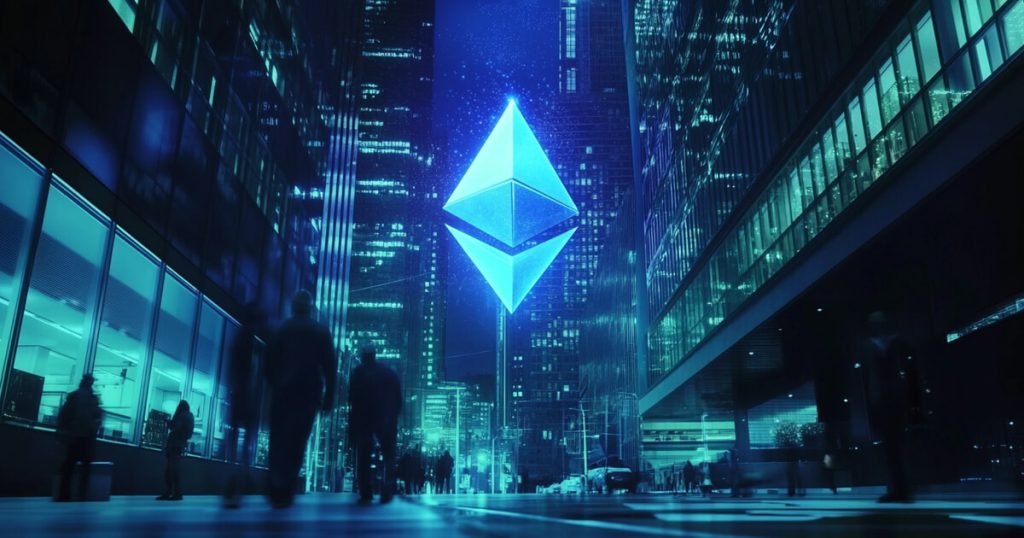Ethereum’s Future: Embracing Layer-2 Networks without Taxation
Ye Zhang, co-founder of the Ethereum layer-2 network Scroll, recently made waves in the crypto community by opposing suggestions for Ethereum to impose fees on its layer-2 (L2) networks. In a thoughtful social media exposition dated April 2, Zhang articulated that this proposal threatens Ethereum’s sustainable ecosystem and long-term vision. By labeling the idea as “toxic,” he emphasized that prioritizing immediate revenue generation undermines the foundational principles of decentralization that Ethereum represents.
Zhang’s argument pivots on the notion that the real potential of Ethereum lies in its role as a central asset across a diverse spectrum of L2 ecosystems rather than merely serving as a fee-collecting entity. He pointed out that charging fees mirrors corporate practices, which contradict the ethos of Ethereum. According to him, Ethereum should be perceived as an economic backbone supporting a multitude of rollup-centric ecosystems. “ETH’s real strength isn’t in protocol fees,” he noted, “it’s in becoming the hub asset across thousands of rollup ecosystems. That’s the future.”
He elaborated on Ethereum’s advantageous positioning as the heart of various major L2 platforms such as Base, Arbitrum, Optimism, and zkSync, as well as Scroll. Notably, even networks like StarkNet, which do not utilize ETH for gas, still keep the cryptocurrency as a crucial trading pair within decentralized exchanges. This cross-network engagement reinforces Ethereum’s stature as a pivotal player in the decentralized economy.
Looking ahead, Zhang outlined two potential paths for Ethereum’s evolution. In the first scenario, he envisions ETH transforming into a trusted store of value and a central hub for rollup activities, which could significantly bolster Ethereum’s ecosystem. He confidently posited, “Every aligned L2 expands Ethereum’s surface area and social consensus. A thousand scalable rollups with ETH at the center are greater than any monolithic chain.” This perspective emphasizes the collaborative and expansive nature of Ethereum’s development in a diversified blockchain landscape.
However, Zhang also warned of the potential downsides if Ethereum shifts its focus towards taxing L2 activities. Such a move could inadvertently push these networks to explore alternative data availability solutions, diminishing ETH’s prominence and influence. To avert this scenario, he strongly encouraged the Ethereum community to concentrate on scaling execution and enhancing data availability infrastructure, which would bolster its future growth and innovation.
He advocated for ambitious improvements, calling for a “1000x improvement in blob capacity” alongside the establishment of shared tools like cross-rollup liquidity bridges and interoperability frameworks. By doing so, Ethereum would foster an integrated ecosystem that encourages collaboration over competition among its various layers. Ultimately, Zhang concluded with a clear vision: “ETH wins by being the gravity, not the toll booth.”
The discourse initiated by Zhang stresses a critical juncture in Ethereum’s ongoing development. As stakeholders engage in deliberations around L2 fees, the emphasis must remain on building an inclusive, expansive ecosystem that fosters innovation and collaboration. By leveraging its unique strengths and focusing on overarching goals, Ethereum could solidify its status as the foremost decentralized platform, embodying the true spirit of decentralization while promoting the growth and sustainability of its layer-2 networks.


